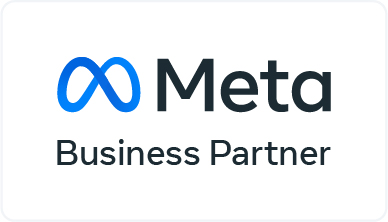How much does inbound marketing cost? That’s a question that is often left unanswered or half answered in conversations between companies and agencies. Of course, like answers to most tricky questions, this also can be replied with, “It depends!”
There are discussions around the agency retainer, and estimated ad costs. And the decision maker would do some of his own extrapolations to get a better picture of the costs over the next few months or year, perhaps. But since one can’t expect a company decision maker to know the intricacies of inbound marketing and inbound marketing services, the costs may be over or under estimated. Let’s see if we can clear up things a bit.
There are four broad buckets within which your inbound marketing costs will fall: the money you spend on technology platforms and tools, the cost of people you hire/retain to run your inbound marketing activities, the advertising and promotional costs, and the time you and your team spend to make this successful. Here they are.
Technology Costs
What do you need in terms of tools to run inbound marketing smoothly?
Website
You might have a site built on a custom CMS, or even a custom coded site. But the world has shifted to easier to use and update CMSs, and they are worth the investment. And depending on your budget, you can go from a basic version with WordPress or a full blown custom implementation of Drupal or any other open source CMS. If you’re moving to HubSpot, you could also consider HubSpot COS and work with HubSpot inbound consulting. For most B2B companies (and many B2C too), WordPress works just fine.
This is not a cost directly attributed to inbound marketing. But without a good website that delivers the user experience that your target persona expects, you’re not going to make much headway with inbound marketing. So depending on your requirements from a website, plan for this cost.
What are the costs to factor in?
Platform: This costs nothing, with a platform like WordPress or Drupal. But if you go with proprietary platforms, you will have to pay a monthly fee or some upfront costs.
Content development: The mistake most business owners do related to content development is to think that it only involves writing. Content development involves: research, writing, copyediting, plagiarism checking, and review by an expert. Writing takes up the main part, and hence the other costs are fractional in comparison. Fractional, but not negligible, especially if it is high value content.
You can find freelancers for any rate you have in mind, from $ 0.015 per word onwards, especially for lifestyle content. For high end content that requires subject matter expertise, it’s wise to think from $ 0.08 per word onwards. Of course you could work out a deal that is good for you, depending on the volume of content to be written, and how it is to be written: will it be based on secondary research alone (we advice against it), or will it based on your company documents and interviews of subject matter experts in your company.
And pad this cost up with some amount to factor in the other activities involved. A good thumb rule would be to add at least 15% more to the cost.
Design: The easiest way is to look for themes that match what your website needs, and then get a good development team to customize it. You can get WordPress themes starting a few dollars. But factor in the time your team would have to spend looking at themes to zero in on a few you might like. Or if you have hired a designer, it’s their headache.
If you want to design your website from scratch, that will cost extra. There are various design agencies that will do that. It can cost $1000 upwards.
Images: You will need images for your website. It isn’t a lot of money, what with so many stock images website available. You can find free images too. But keep aside at least $50 for the exercise.
Development and testing: If you have an inhouse development team, you know what the costs are. And you can find dev teams across the world at rates that will work very favorably for you. Of course the results may not always be favorable, so find a vendor/freelancers who comes with really good references.
Hosting: You already pay for hosting, and have a good idea of how much you spend. You can easily find hosting providers so you have the chance of finding something really attractive for your website needs.
Inbound marketing agencies will fret that we are giving the wrong message out by saying all the above costs are for inbound marketing. No, they are not. But for inbound marketing to work, these are base hygiene factors. So a company has to invest in these things, before venturing into full blown inbound marketing.

Tools You Need
It’s a rabbit hole down there, when it comes to tools used by inbound marketers. There are hundreds of options and new ones keep coming up each day. Even we have build a keyword strategy and content marketing tool. Think of a problem you have, there’s someone trying to solve it. So there’s no dearth of tools, but are they good. That’s what inbound marketers are experimenting to find out.
But to start with, essentially you need:
- a powerful email marketing tool (free and paid versions exist)
- a social media scheduling and analytics tool (free and paid versions exist)
- an SEO tool (paid)
- Google Analytics (free)
- Google Adwords
As you mature in your inbound marketing efforts, it starts making sense to invest in more tools, and at some point consider if it’s worthwhile to integrate on to a single platform such as HubSpot, and go for HubSpot inbound consulting.
Let’s look at each of these.
Email Marketing
Most companies we work with already have worked with an email marketing solution. There are many options, and most of them work well.
MailChimp is a favorite with many companies, and it’s getting even more powerful as we speak. Constant Contact, Aweber, Infusionsoft, Sendgrid are some other favorites.
Depending on your business needs and database size, you can opt for a mailing solution that fits your budget. For example, for $50 a month, you can send unlimited number of mails to a database of up to 5000 subscribers, on MailChimp.
Social Media
All the social media platforms are free. And the money you spend on it is for promotions.
They give you access to some good analytics on the performance of your posts and promotions, so there’s a whole lot you can achieve without spending money.
You can also use a tool to schedule your social media posts across platforms and get the analytics of the performance. Buffer is one of the main favorites here, and individuals can pay as little as $10 per month to manage 10 social media accounts, without the analytics.
Your agency can sign up for an agency plan, and they will have access to analytics. Or you can try a tool built for companies, like HootSuite. For $20 a month, you get one user access to manage 10 profiles.
SEO
This is best left to your agencies, if you have a really tiny digital marketing team. They will have access to the right tools such as Moz, Ahrefs, LongTail Pro, SEMRush, etc. Each tool has its own strengths, and your agency would be able to identify which tool would work the best for your business needs. Most tools pricing starts with $99 per month.
Google Analytics
You need some website analytics tool, and Google Analytics gives you more data than you’ll know what to do with. And it’s free.
Adwords
Another free tool from Google. You can manage your PPC campaigns from here.
That is the bare minimum to work with, especially if you don’t have a team skilled enough to navigate the complexities of SEO and analytics. Or your sales process is not ready for personas and lead nurturing.
As Your Inbound Marketing Matures
As you get better with your inbound marketing tactics, you might come across the need to get more efficient with many activities, and may find it viable to invest in more tools that can make this happen.
For example, you might want to have email opens tracking set up for your sales team. Or you need more sales intelligence to be built into your inbox. Or let’s say, you don’t want to purchase a stock database anymore, and want to build your own. Or you want to have great looking landing pages, that your CMS is currently incapable of pushing out. Or you want to have deeper and better insights from Google Analytics to be pushed to you at regular intervals, so your team doesn’t have to do the same reviews month on month.
There are special tools for all of these above activities. And you might try their free versions, and soon graduate to paid versions. So that’s some more costs building up.
Getting onto a Platform
Inbound Marketing and Account Based Marketing work on personas and ideal customer profiles. The sharper clarity you have on these, the more targeted your marketing processes can be. Once you have built up the traffic to your website and are generating better leads, you have the confidence that you’re on the right track with inbound marketing. At this time you might want to consider having an integrated tool that helps you do most of the above activities from within the tool itself, while giving clarity on who is coming to the website, and what pages are they visiting/engaging with.
That is when a tool like HubSpot, SharpSpring, Act-on etc helps. They pull in a lot of features onto a single platform, so you have a unified view of a lead. That puts you in a great place to analyze what should be done to engage a lead further, and move them to the next stage of lead nurturing/buying.
Which one should you buy? That’s a question you can work out with your inbound marketing agency. Key aspects to consider would be Budget, Ease of Use, Non-negotiable Features (and is there another free/cheaper tool that can replace a feature), Customer Service, etc. Get demos of all the platforms before you decide.
Inbound Marketing Cost for Advertising
How much are you going to spend on Google Adwords? On social media promotions? On display advertising? On LinkedIn InMails?
Your inbound marketing team can estimate the budgets for you depending on your requirements, and the competition. You might then decide to either revise the budget or the goals, depending on how much money you are willing to spend.
Whatever you decide, you would need to spend on advertising, on some platform or the other to see some quick gains.
The People Costs
If you were to hire all the talent you need for inbound marketing, here’s what your team would look like:
- A digital strategist and analytics expert
- Content team: writer, copyeditor, reviewer
- A graphic designer
- A social media person (your content and design team will be able to fulfil this role)
- An SEO and SEM executive
- An email marketing executive (this role can be played by a combination of people above)
That’s at least six people you have to hire inhouse. You could look at freshers, but most people you’d want on your team would have an experience of 2 years plus. You already know what the salaries of people with this kind of experience in your market would be. So that’s the tab you have to pick.
When you hire an agency to do the job, the resources get balanced across 3-4 projects so it will work out cheaper for you. However, if you need the team to be engaged full time, and you are super finicky about confidentiality, you might want to have a team inhouse, and outsource some of the less tricky stuff
Your Cost
This is the cost that often most businesses forget to factor in. As a business owner, you tend to think that once you have given a brief to the inbound marketing agency, you’re rid of the work. Certainly not. Inbound marketing has to be aligned closely to your business. As your business evolves, changes, stalls, booms, you might streamline your business strategy, and that has to be conveyed to the inbound marketing team, so they can alter course accordingly.
Businesses change all the time, sometime subtly, sometimes with a big bang. New products, new geographies, new markets, mergers and acquisitions—all these are business realities, and your inbound marketing team needs to be in the know.
What about sales knowledge being built every day? As you gain more insights on your ideal customer profile, your inbound marketing team needs to know as well. So they can come up with relevant content ideas and improved targeting.
All this means that you need to treat your inbound marketing team as part of your core marketing team, not as a digital appendage of it. Which means that the leadership team has to spend time with them, on an ongoing basis, preferably within 2-3 weeks, for a couple of hours.
While that may sound like a lot as you look at your packed calendar, it is an investment you must make to get the leads the business needs. You may not want to look at it purely as a cost, though. But do be aware that this time cost has to be borne.
In Conclusion
Hope that gives you a more realistic assessment of the inbound marketing costs you will incur as you embark on your inbound marketing journey. It is not just the agency retainer, or the team you build. It’s not just your ad budgets. It’s also the technology you have to set up before you start, and the tools you implement, and continue to do so. It’s also the time you and your team spend aligning the team to your way of business thinking.
Yes, it is not cheap. But it is well worth the effort and investment. What you build now will be your online property for years to come, and you will reap benefits of it over time.


.jpg)
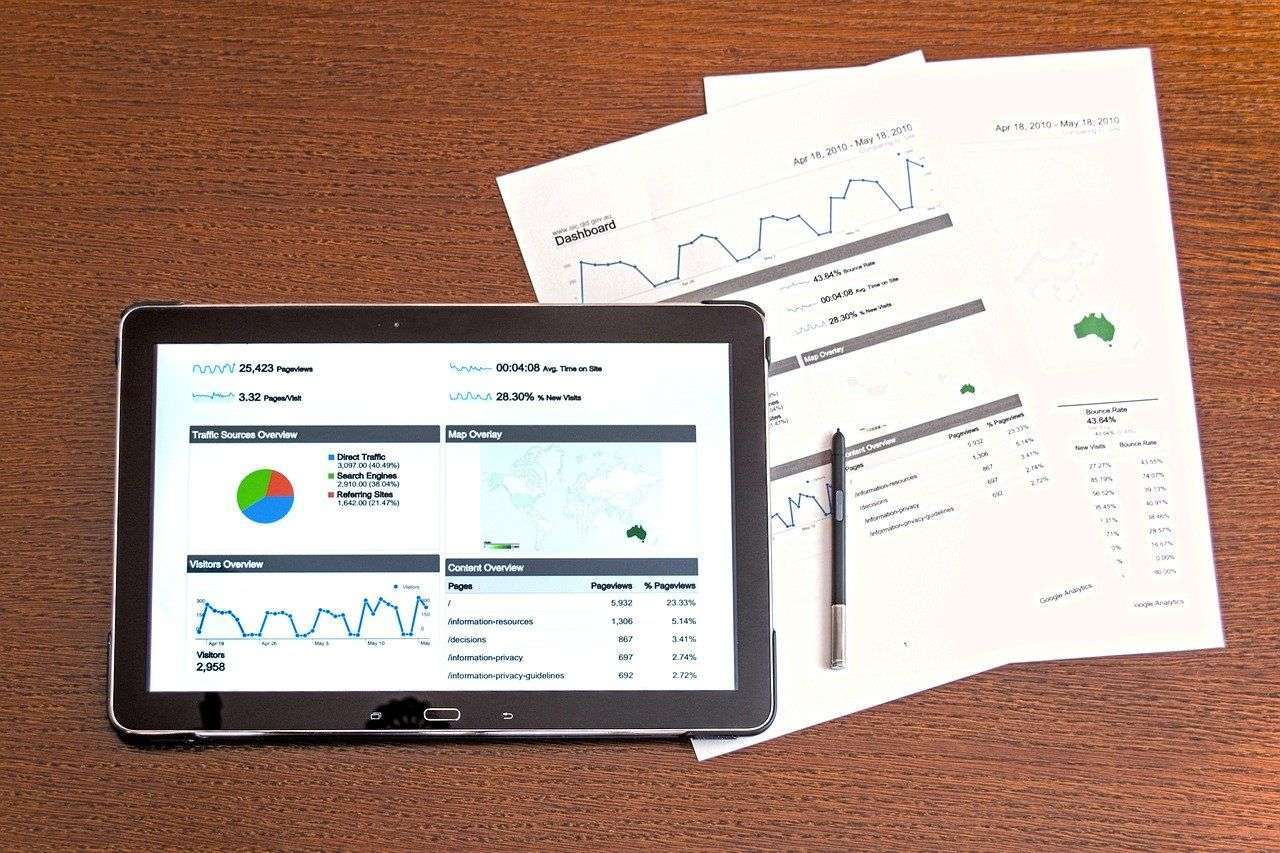

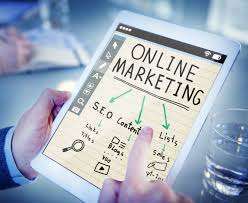


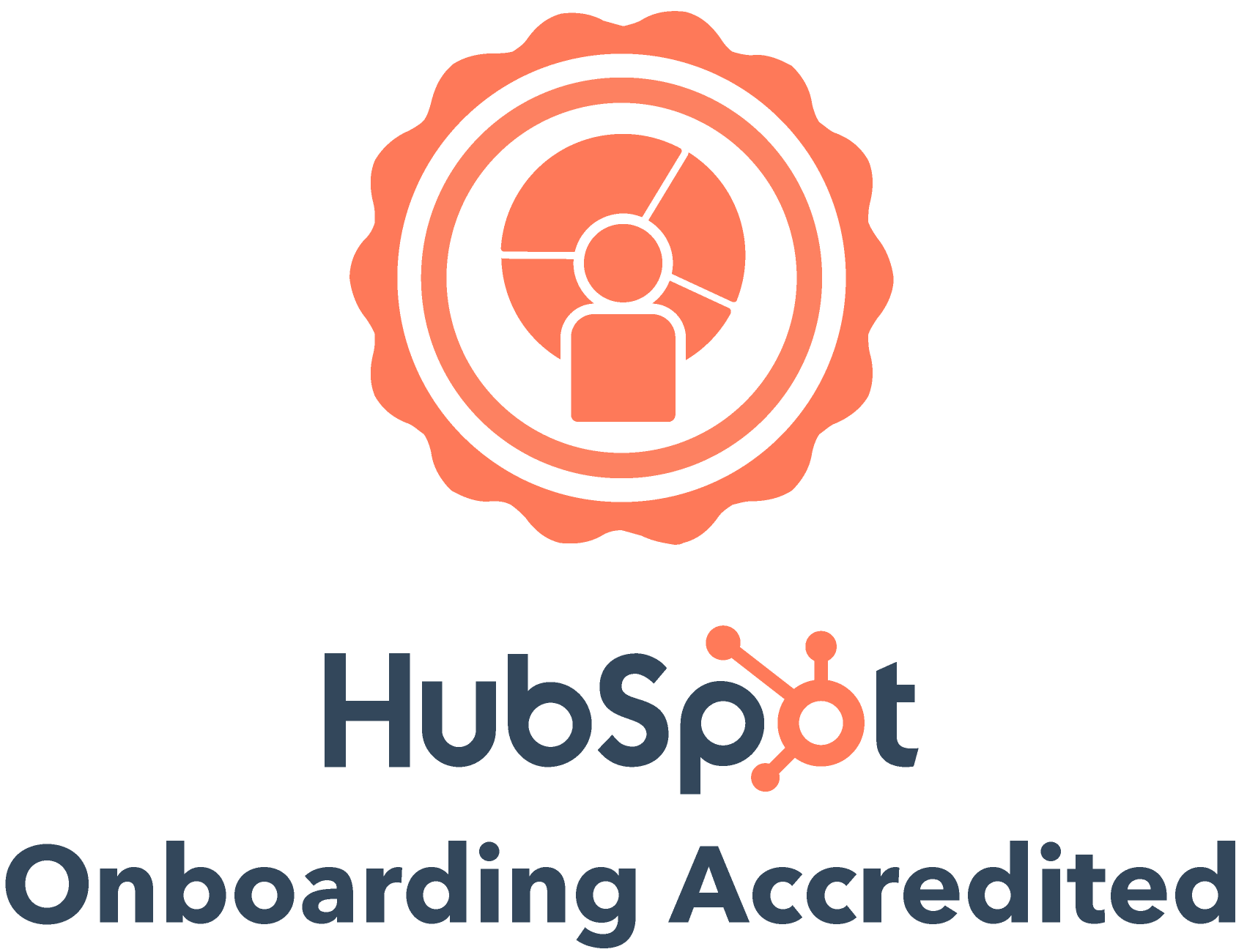
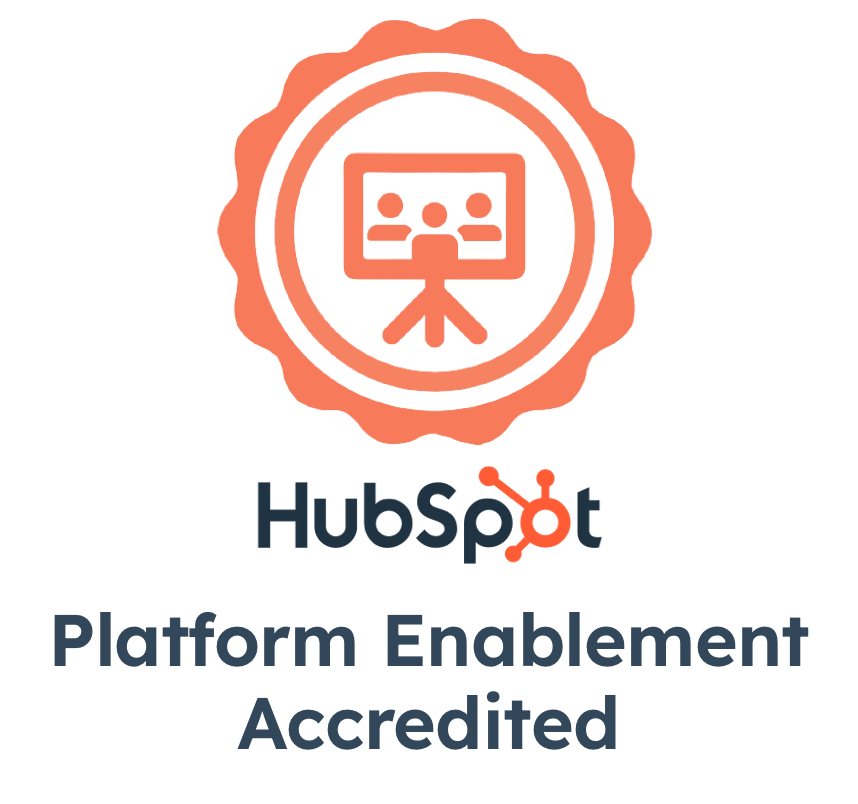
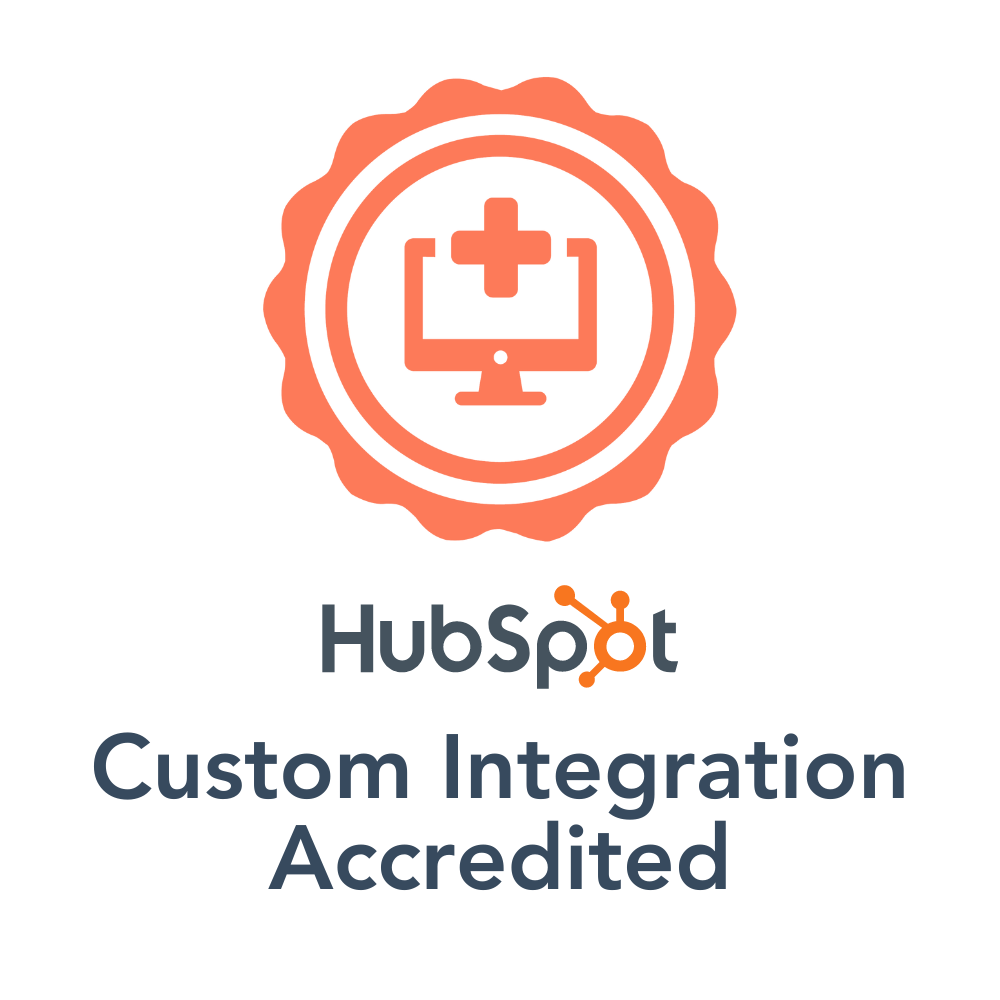

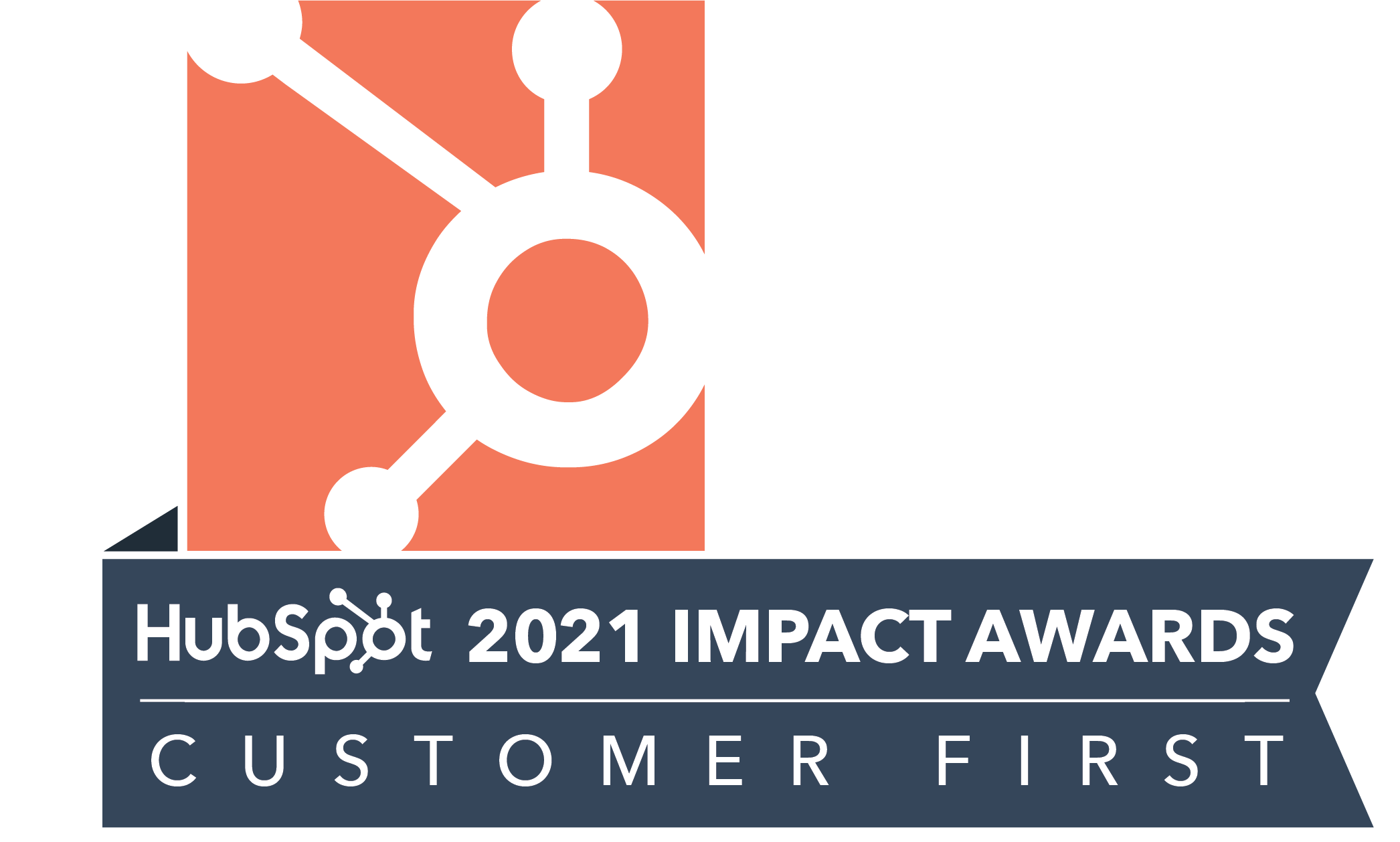
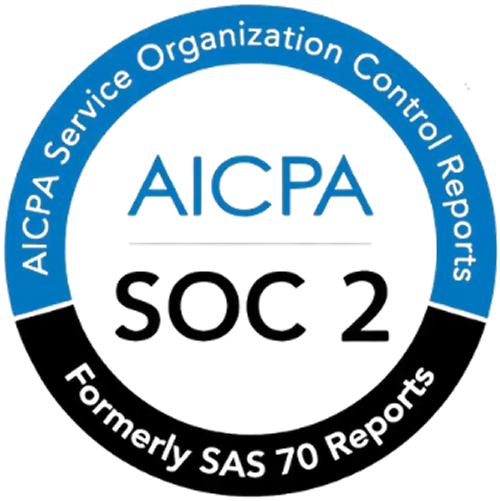
.png)
